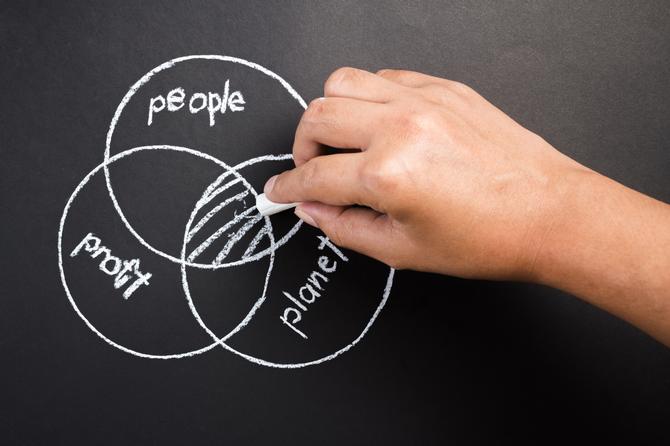We can’t yet begin to accurately estimate the impact that COVID-19 will have on the Australian economy or our society, nor can we realistically guess at what 2021 will hold. With much of the economy being propped up by stimulus payments, and the threat of the pandemic likely to linger in our consciences for many months yet, there are simply too many variables in play to allow anyone to accurately model the behaviours and outcomes we will see in 2021.
But there is nonetheless plenty we can do to prepare for what lies ahead. The strategies for managing crises are well known, and there are plenty of signals we can examine that will tell us at least what lies on the near term horizon.
This week I had the opportunity to explore some of these themes in a presentation for DXC, as part of its webinar Adapting to customer channel disruption during a crisis. Hosted by the Director of Customer Experience at DXC Oxygen, Marco Formaggio, and with fellow guests including BGW Group Services’ General Manager David Dean and Suntory Frucor’s Fernando Battaglia, we discussed the importance of investing in both people and technology as a means of delivering great experience.
The need to deliver great experiences for customers is unlikely to diminish any time soon, even if our ability to invest comes under pressure through having to tighten spending during the looming post-COVID recession. One possible outcome is that the next six months will provide the impetus many consumers will need to switch brand loyalty to better value options. We are already seeing consumers holding back spending, and more of their purchasing journey now will start and end through digital channels. All of this tells us we need to think differently about customer experience, brand value, and customer journeys. It is also possible that the post-COVID world will lead to the emergence of new customer segments and new behaviours. Managing through 2021 will require a fine balance and some careful planning as to where investment dollars can best be deployed, and that means that having a strong capability to sense the state of the market and the intentions and moods of customers.
The rising preference for great experiences has been a common theme for B2B and B2C organisations alike over the past decade. But providing the best possible experience under normal circumstances just won’t cut it in any more. Great CX is not about what an organisations delivers in the main – it is about what that organisation does to step up when things go wrong. That is where the strongest relationships are formed, and right now, there is a lot that can go wrong.
I was the third presenter in this webinar, and my contribution starts around the 30 minute mark. It contains a snapshot of a much larger body of work I’ve been compiling as I’ve been discussing strategies for 2021 with numerous organisations – something that I’ll be building out over the next few months.
One thing is certain – for all the talk of the ‘new normal’, we are still many months away from reaching what might be classed as a steady state for the Australian economy. The current post-pandemic period is the artificial creation of government stimulus spending, and we have no idea what life will be like once that is wound back totally in 2021.
What we do know is that for most organisations there is plenty of hard work ahead, despite their workforces already being fatigued by the events of the past six months. But by investing in people, building a sensing capability, and giving themselves the best possible opportunity to make the right investment decisions, they will be able to find ways out of this.
Unfortunately from an economic and societal perspective, things will get worse before they get better, but they will get better. Just how well positioned an organisation is for those better times depends greatly on the work it does today.







